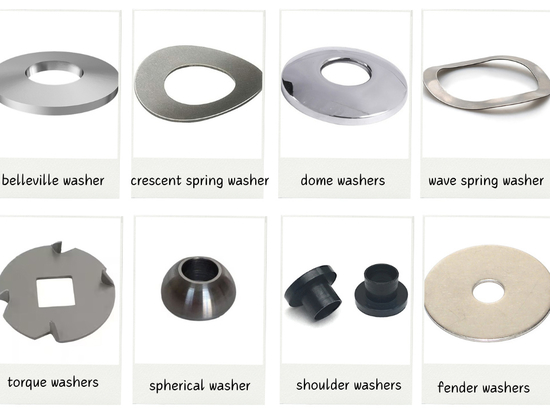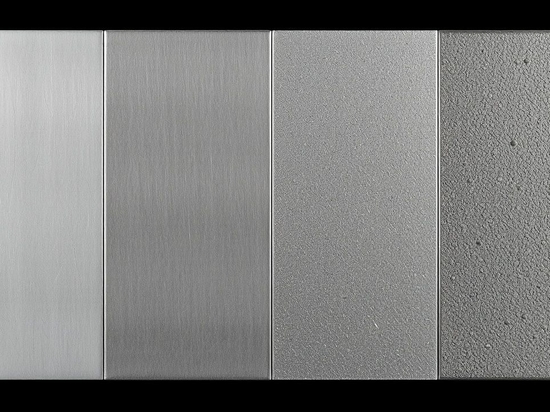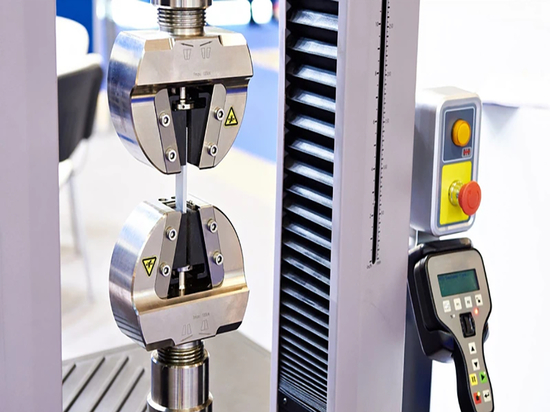
#Industry News
Understanding Deburring
A Crucial Step in Precision Manufacturing
Deburring is the process of removing small, sharp edges or protrusions known as burrs from the surface of a workpiece. These burrs form due to uneven deformation or shearing during cutting processes and can negatively impact the appearance, fit, and function of the part. If not properly removed, burrs can increase friction, cause wear, or even damage the final product.
Causes of Burr Formation
Cutting Stage: When cutting tools like shear blades or saw blades become dull, they fail to cut the material cleanly, leading to burrs along the edges.
Punching Stage: Over time, punches can wear down, resulting in uneven cuts and the formation of burrs on the workpiece.
Thermal Cutting Stage: Improper flame cutting techniques, such as inconsistent cutting speeds or incorrect flame intensity, can cause burrs to form on the cut edges.
Welding Stage: Unstable welding systems or improper welding practices can lead to burrs or irregular surfaces along the weld edge.
Preventing Burrs and Chip Adhesion
To minimize burr formation and prevent chips from sticking to tools, consider the following measures:
Increase the Tool’s Rake Angle: A larger rake angle helps reduce cutting resistance and minimizes burr formation.
Reduce Cutting Thickness: Thinner cuts can decrease the likelihood of burrs by lowering the force exerted on the material.
Proper Heat Treatment: Performing heat treatment on the workpiece can reduce its tendency to undergo plastic deformation, thereby minimizing burrs.
Use Anti-Adhesion Cutting Fluid: A high-quality cutting fluid can prevent chips from adhering to the tool, improving surface finish and reducing burrs.
Adjust Cutting Speed: Tailor the cutting speed to the material’s plasticity to optimize the cutting process and reduce burr formation.
Deburring is a critical step in ensuring the quality and functionality of manufactured parts. By understanding the causes of burrs and implementing effective prevention techniques, manufacturers can produce cleaner, more precise components, ultimately enhancing the performance and longevity of their products.




